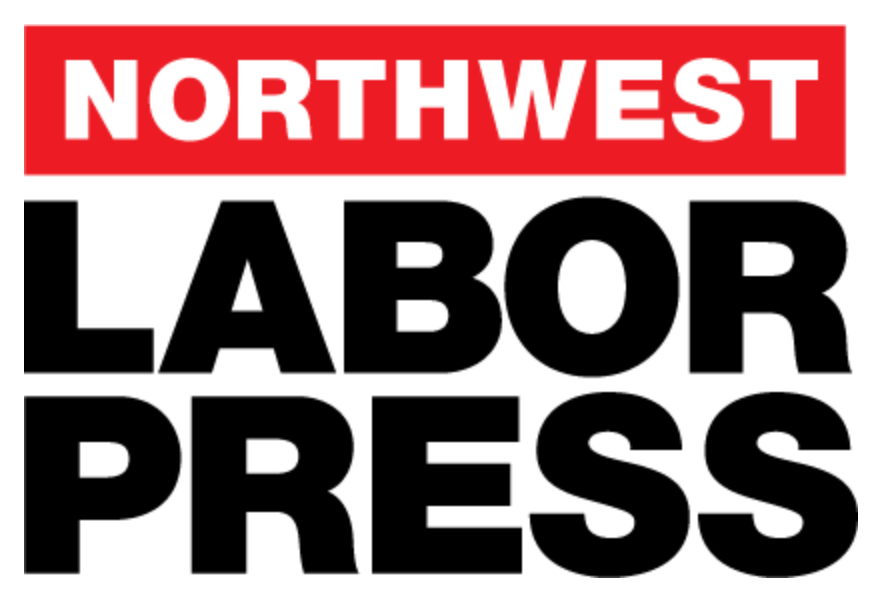By Oregon AFL-CIO President Tom Chamberlain
Last Friday afternoon my commute to Salem from the Oregon AFL-CIO office in Portland was an hour and forty-five minutes. In other words, I had 105 minutes to either allow my road rage to grow to astronomical proportions, or ponder why Oregon roads are at capacity.
Oregon added over 58,000 people in 2015, bringing Oregon’s population to over 4 million. That is a 1.6 percent growth r ate, doubling the national growth rate of 0.8 percent. By and large, these new residents are moving to Oregon’s metropolitan areas. The Portland metropolitan population now stands at 2.7 million. Salem’s and Eugene’s population growth have outpaced the state’s average, respectively. Bend is the fastest growing city with 3.4 percent growth in one year, bringing its population to over 87,000.
ate, doubling the national growth rate of 0.8 percent. By and large, these new residents are moving to Oregon’s metropolitan areas. The Portland metropolitan population now stands at 2.7 million. Salem’s and Eugene’s population growth have outpaced the state’s average, respectively. Bend is the fastest growing city with 3.4 percent growth in one year, bringing its population to over 87,000.
Over the last 10 years, Portland’s population increased from 534,000 to 632,309. Over the next 20 years, Oregon is projected add more than 590,000 new residents — with 400,000 in the Portland Metro Area.
It is no wonder that 2015 Tom Toms Travel Index rates the Portland Metro Area as the 10th most traffic-congested in the United States.
Oregon’s rapid population increase impacts more than transportation. Oregon’s class sizes are the third largest in the nation, and we have one of the shortest school years. Oregon’s high school graduation rate is the fourth lowest in the nation. Education experts estimate that Oregon would have to invest $1 billion a year in K-12 schools to deliver quality education for Oregon students.
As Oregon’s population grows by another 590,000 people, the price tag will continue to increase because more people require more healthcare. Healthcare is more than going to the doctor; investments in public health programs keep people from getting sick in the first place. Per capita public health funding in Oregon is 20 percent lower than the median state.
Oregon is a place where a lot of folks want to retire. A rapidly aging population with limited retirement savings means higher demand for senior services. Over the next 10 years, the state demographer predicts the number of people 75 or older will grow by 233,000. Two-thirds of Oregon retirees have no personal retirement savings, meaning many end up relying on family or the state for care. Investing in more senior health care services, especially in-home and community-based care like day centers and adult foster care, would allow older Oregonians to live independent lives with dignity and choice.
But, Oregon is ill prepared to increase funding for infrastructure, education, healthcare, and senior services, let alone the demands placed upon the state by surging population growth.
One of the biggest hurdles to proper funding is Oregon’s patchwork of tax revenue. From Governor Barbara Roberts to Governor Kate Brown, tax reform has always been a central issue of discussion. Over the last three decades nothing has been done to increase revenue for vital services and infrastructure. In fact, there has been a shift from corporations paying their fair share to working people paying more. Oregon has one of the lowest corporate tax rates in the nation.
After 30 years of waiting for tax reform, we have the opportunity to approve Ballot Measure 97. We have a chance to stand up, speak out, throw our hats in the ring and demand something better for our kids, our communities, and our state. We have an opportunity to do better.


